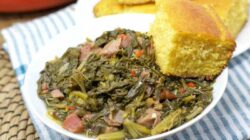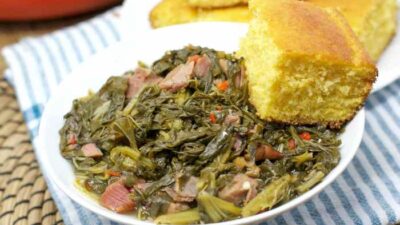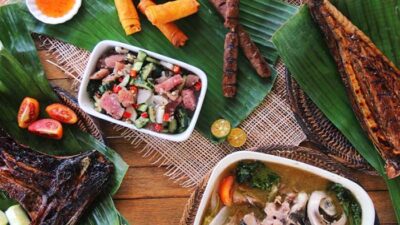Tips for Cooking Puerto Nuevo Style Lobster
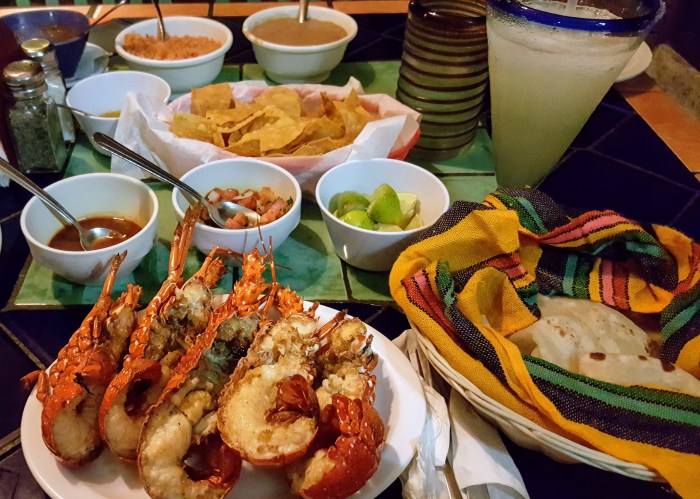
How to cook puerto nuevo style lobster – When preparing Puerto Nuevo style lobster, it’s important to use fresh lobster to ensure the best flavor. Make sure to cook the lobster quickly to prevent it from becoming tough and chewy. Be sure to season the lobster generously with salt and pepper for the best taste.
What is Puerto Nuevo Style Lobster?
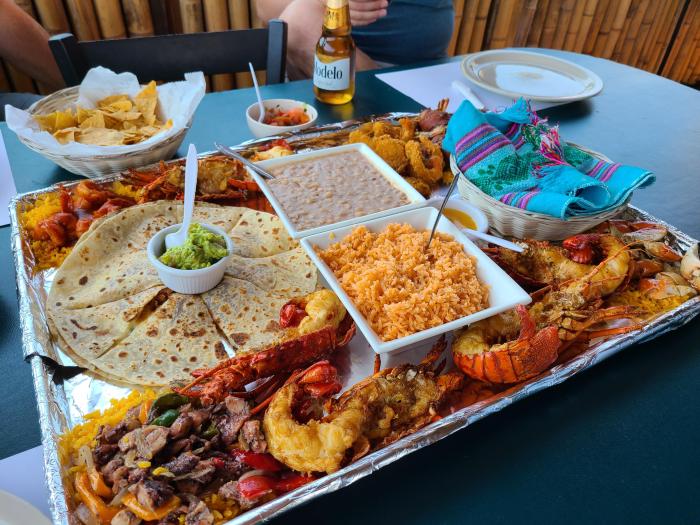
Puerto Nuevo style lobster is a popular dish originating from the coastal town of Puerto Nuevo in Baja California, Mexico. The lobster is typically split in half, grilled, and served with rice, beans, and homemade flour tortillas.
Known for its Delicious Flavors
Puerto Nuevo style lobster is known for its delicious flavors and simplicity. The lobster is cooked to perfection and served with traditional Mexican sides that complement the dish perfectly. The dish has gained popularity worldwide for its unique taste and presentation.
Solution for Cooking Puerto Nuevo Style Lobster
To cook Puerto Nuevo style lobster, start by splitting the lobster in half and removing the digestive tract. Season the lobster with salt and pepper, then grill it over high heat until it is cooked through. Serve the lobster with rice, beans, and homemade flour tortillas for a complete meal.
In the culinary world, mastering the art of cooking moong sprouts Indian style is a valuable skill. To learn the traditional method of preparing this nutritious dish, check out this comprehensive guide on how to cook moong sprouts Indian style. Discover the secrets behind creating flavorful and aromatic moong sprouts that will tantalize your taste buds.
Detailed Information on Cooking Puerto Nuevo Style Lobster
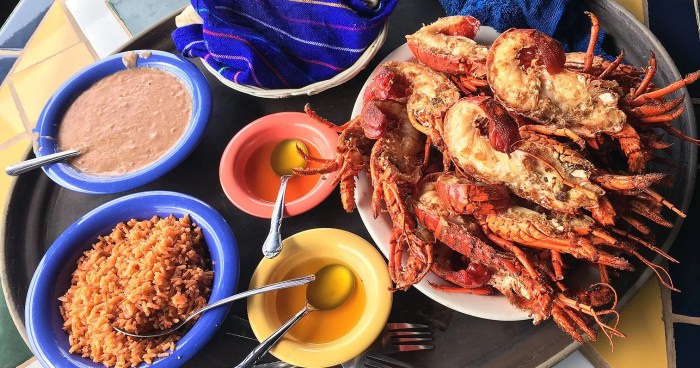
To cook Puerto Nuevo style lobster, you will need fresh lobster, salt, pepper, rice, beans, and flour tortillas. Start by splitting the lobster in half and removing the digestive tract. Season the lobster with salt and pepper, then grill it over high heat for a few minutes on each side until it is cooked through. Serve the lobster with rice, beans, and homemade flour tortillas for a delicious meal.
Describing the Process in Depth: How To Cook Puerto Nuevo Style Lobster
The process of cooking Puerto Nuevo style lobster is simple but requires attention to detail. By following the steps Artikeld above and using fresh, high-quality ingredients, you can create a delicious and authentic dish that will impress your family and friends.
Conclusion
In conclusion, cooking Puerto Nuevo style lobster is a delicious and straightforward process that results in a flavorful and satisfying meal. By using fresh ingredients and following the traditional preparation methods, you can enjoy a taste of Mexico right in your own home.
FAQs
Q: Can I use frozen lobster for Puerto Nuevo style lobster?
A: While fresh lobster is recommended for the best flavor, you can use frozen lobster if fresh is not available. Just be sure to thaw it properly before cooking.
Q: How long should I grill the lobster for?
A: Grill the lobster for a few minutes on each side over high heat until it is cooked through. Be careful not to overcook the lobster to prevent it from becoming tough.
Q: What are some alternative side dishes for Puerto Nuevo style lobster?
A: Some alternative side dishes for Puerto Nuevo style lobster include Mexican street corn, avocado salad, or grilled vegetables.
In the culinary world, learning how to cook moong sprouts Indian style can add a flavorful twist to your dishes. By following the steps outlined in this guide on how to cook moong sprouts Indian style , you can create delicious and nutritious meals that showcase the vibrant flavors of Indian cuisine.
Q: Can I marinate the lobster before grilling?
A: While traditional Puerto Nuevo style lobster is not marinated, you can experiment with different flavors by marinating the lobster in a mixture of olive oil, garlic, and herbs before grilling.
Q: Can I serve Puerto Nuevo style lobster with a sauce?
A: While Puerto Nuevo style lobster is typically served without sauce, you can serve it with a side of melted butter or a squeeze of fresh lime juice for added flavor.





